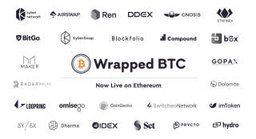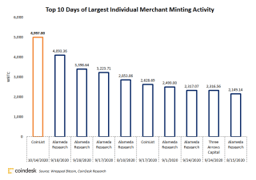Wrapped Bitcoin (WBTC)
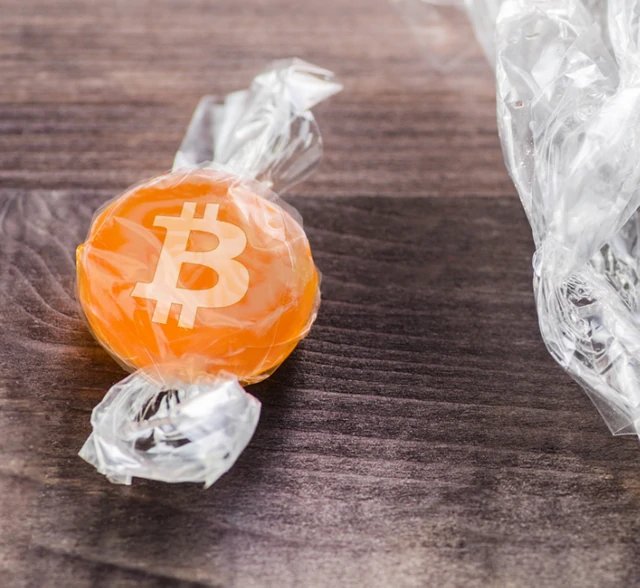
Wrapped Bitcoin (WBTC)
Overview
Wrapped Bitcoin operates on the Ethereum Blockchain. Bitcoin (BTC) and can be tokenized as a way to enable new applications and use cases that combine the liquidity and popular adoption of Bitcoin (BTC) as a coin with the smart contract developer Ecosystem that can be found within the Ethereum (ETH) network.
History
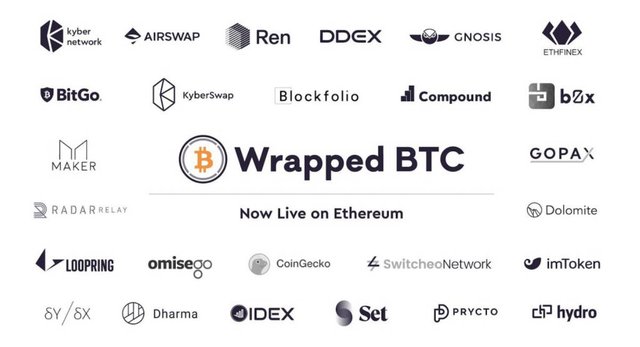
WBTC was announced first in late 2018, as a collaboration between BitGo, Kyber, and republic Protocol, and with a set January 2019 launch on the Ethereum (ETH) network.[6] Shortly after the announcement, many other prominent organizations within the cryptocurrency space began to participate in the Community effort by becoming launch partners and supporting the adoption of WBTC through holding tokens, participating in the governance committee, or spreading awareness of the token. Those who committed to the Partnership included Gnosis, MakerDAO, Dharma, AirSwap, IDEX, Compound, DDEX, Hydro Protocol, Set Protocol, Radar Relay, Blockfolio, and Prycto.[7]
Around early August 2020, Wrapped Bitcoin saw a surge in value, as its market capitalization has grown over $230 million. Part of the immense growth is said to be part of the growing interest in the DeFi space, as it continues to garner substantial returns on investments.[13]
On October 14, 2020, the record for the largest mint of wrapped bitcoin (in a day) in the platform's history was broken by CoinList. The firm minted 4,997 WBTC, worth $57.1 million. This beats Alameda Research's record, which was 4,093 WBTC, worth $44.7 million.[18]
As of December 2020, the Total Value Locked (TVL) of WBTC in USD equaled $2.289 billion. The total value locked in Bitcoin read $119,153 BTC, and in ETH the TVL was 3.9 million. The percentage of the token supply locked within the protocol is 0.64%.[21]
Tech
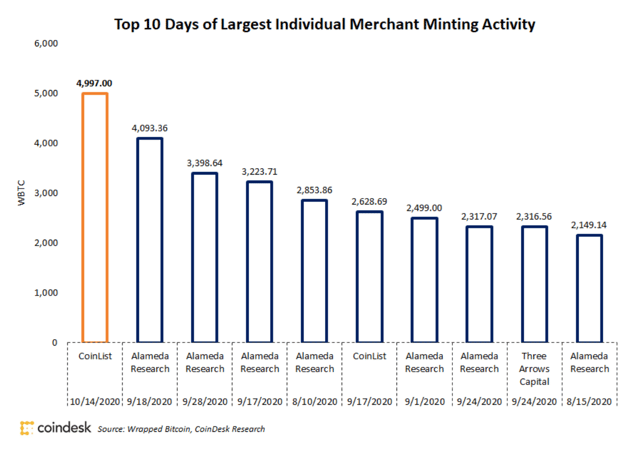
Ten largest Wrapped Bitcoin Mints in history.
There are two main processes that are essential to the development of Wrapped Bitcoin.
The first minting, which consists of the generation of new wrapped tokens. The process is initiated by merchants via a transaction that authorizes custodians to generate new tokens for the merchants on Ethereum. The merchant then sends the custodian native Bitcoin, and the custodian waits for 6 block confirmations, the most secure, on Bitcoin.[9] Once the transaction is complete, the custodian generates a new transaction on the Ethereum network, which enables the minting of a 1:1 equivalent of a new WBTC. [8]
The second process is Burning, which consists of acquiring BTC for WBTC tokens, which is done solely through the use of verified merchants.
Verified merchants create "burn" transactions using the WBTC smart contract, which specifies the amount of WBTC tokens that will be burnt under this transaction.
Following 25 block confirmations on the Ethereum chain, the desired amount WBTC is taken from the merchant's balance and the custodian sends BTC back to the merchant's address.
Just like mint, users that want BTC have to pass both the KYC and AML procedures.
Once those are complete, the user and merchant are able to proceed with an 'atomic swap', or are able to work via a trusted exchange, where the user receives BTC and the merchant receives their WBTC.[8]
There are also various essential roles that are held within the wrapped bitcoin system.
Custodian banks are the institutions that hold assets and keys to mint tokens. The major player that currently hosts this service is BitGo.
Merchants handle the distribution of wrapped tokens.
Merchants hold keys to initiate the minting and burning wrapped tokens.
Current major merchants within WBTC are Kyber Network and Republic Protocol.
Users are essential for the ecosystem, as they are the holders of wrapped tokens, and have the ability to transfer and transact WBTC within the Ethereum Blockchain, just like any other ERC20 token.[5]
WBTC DAO Members are individuals that are authorized to govern the aforementioned roles.
DAO members are also responsible for the authorization of any contract changes and the addition or removal of custodians.[8]

